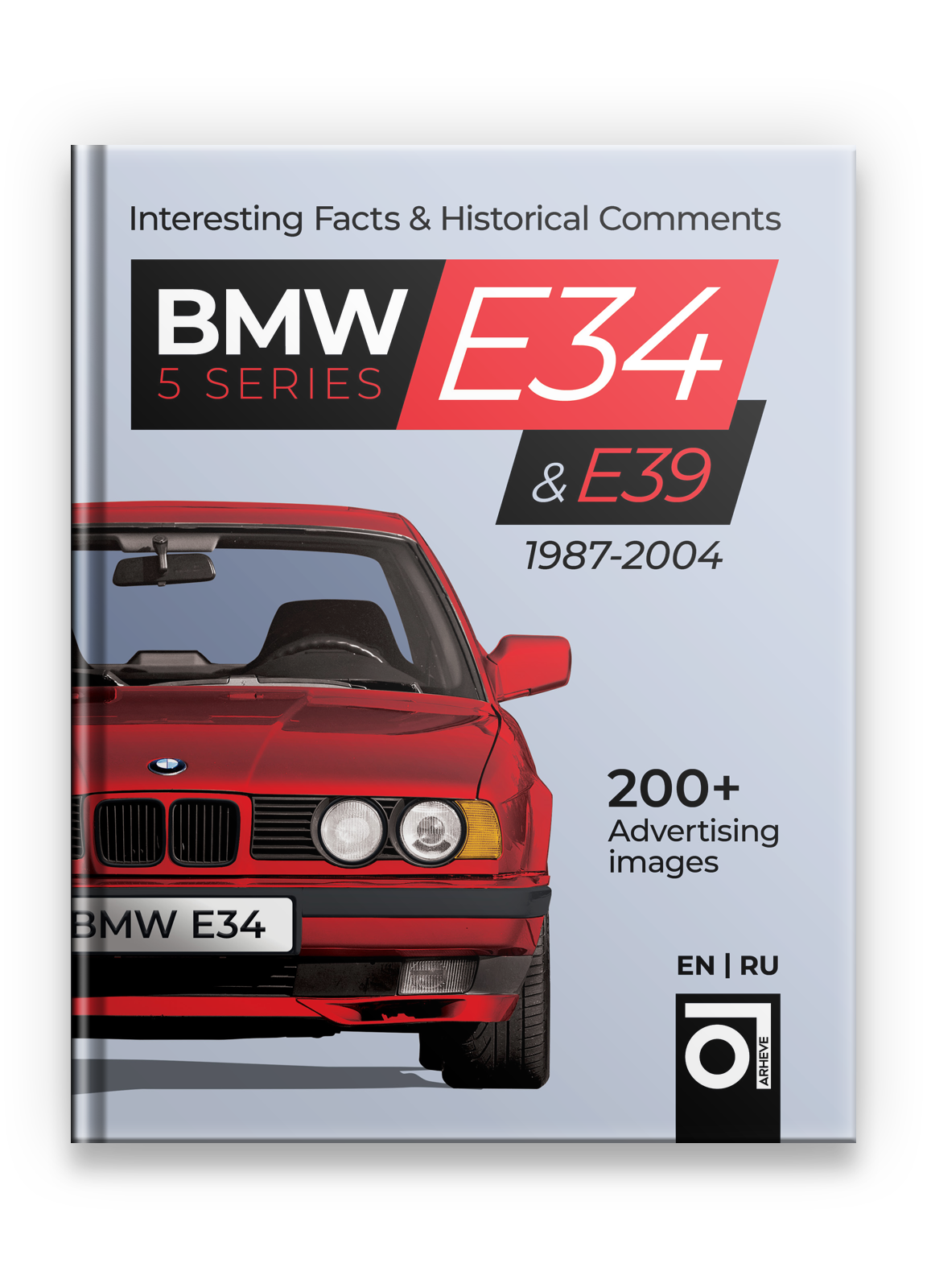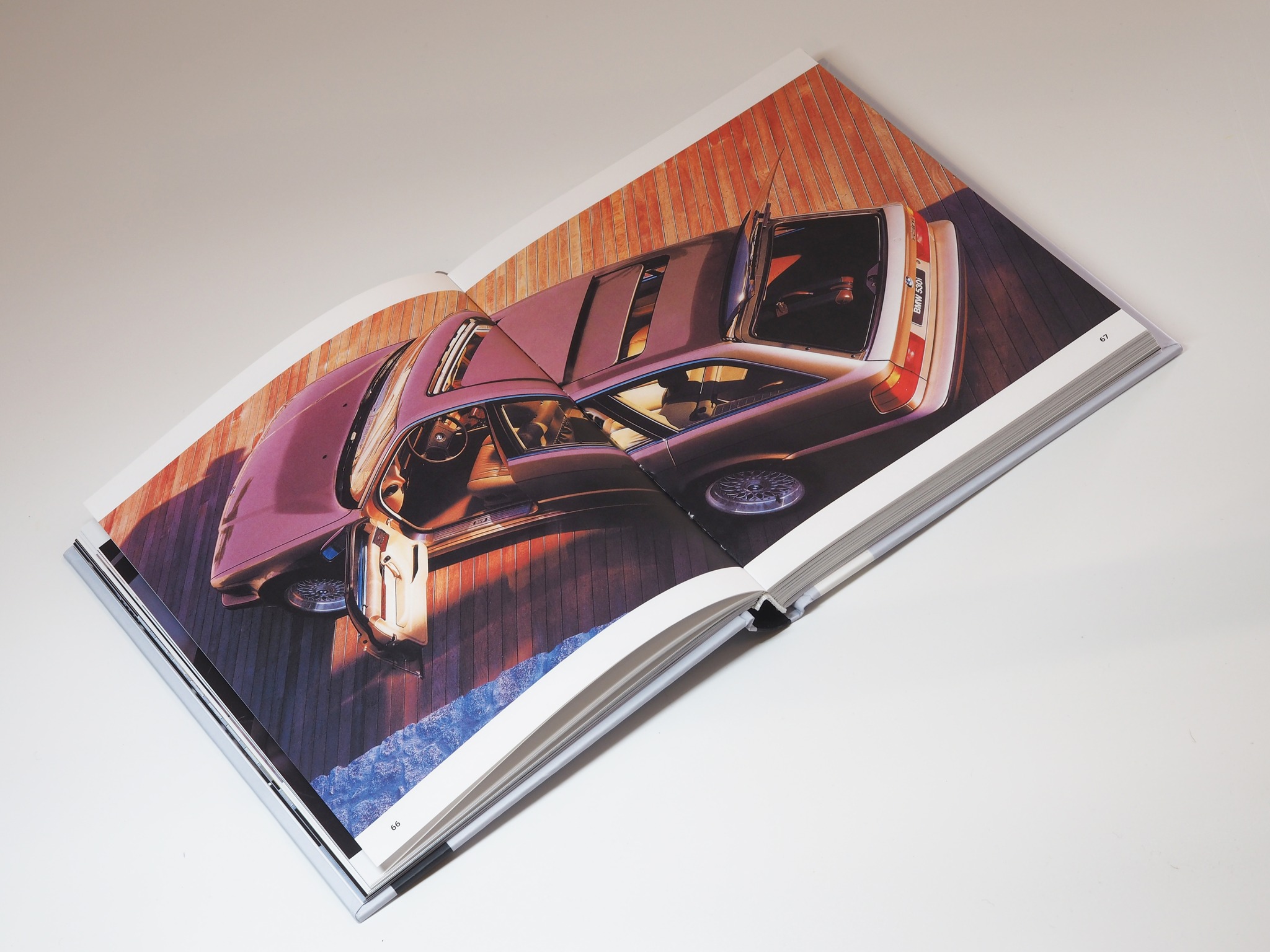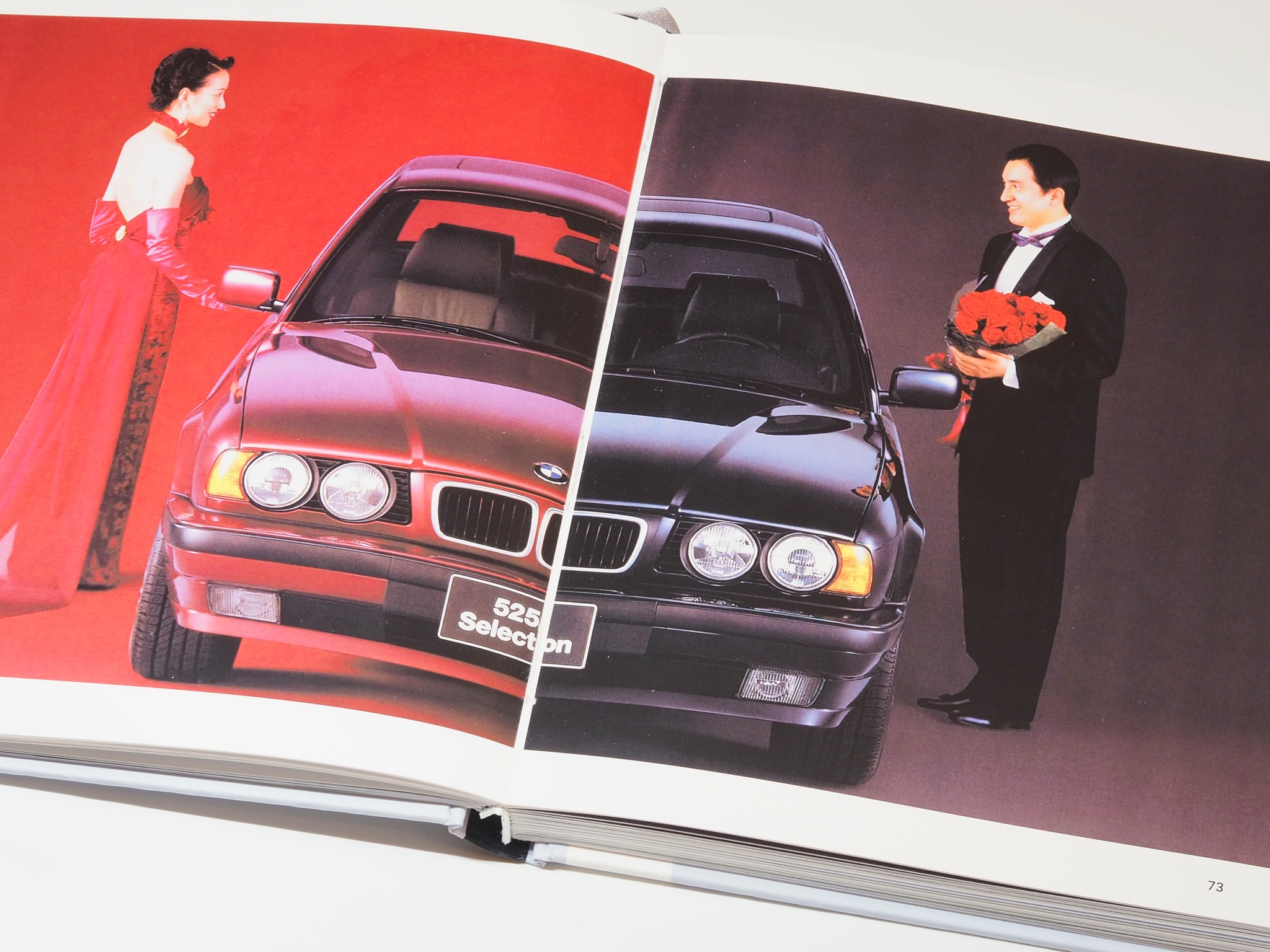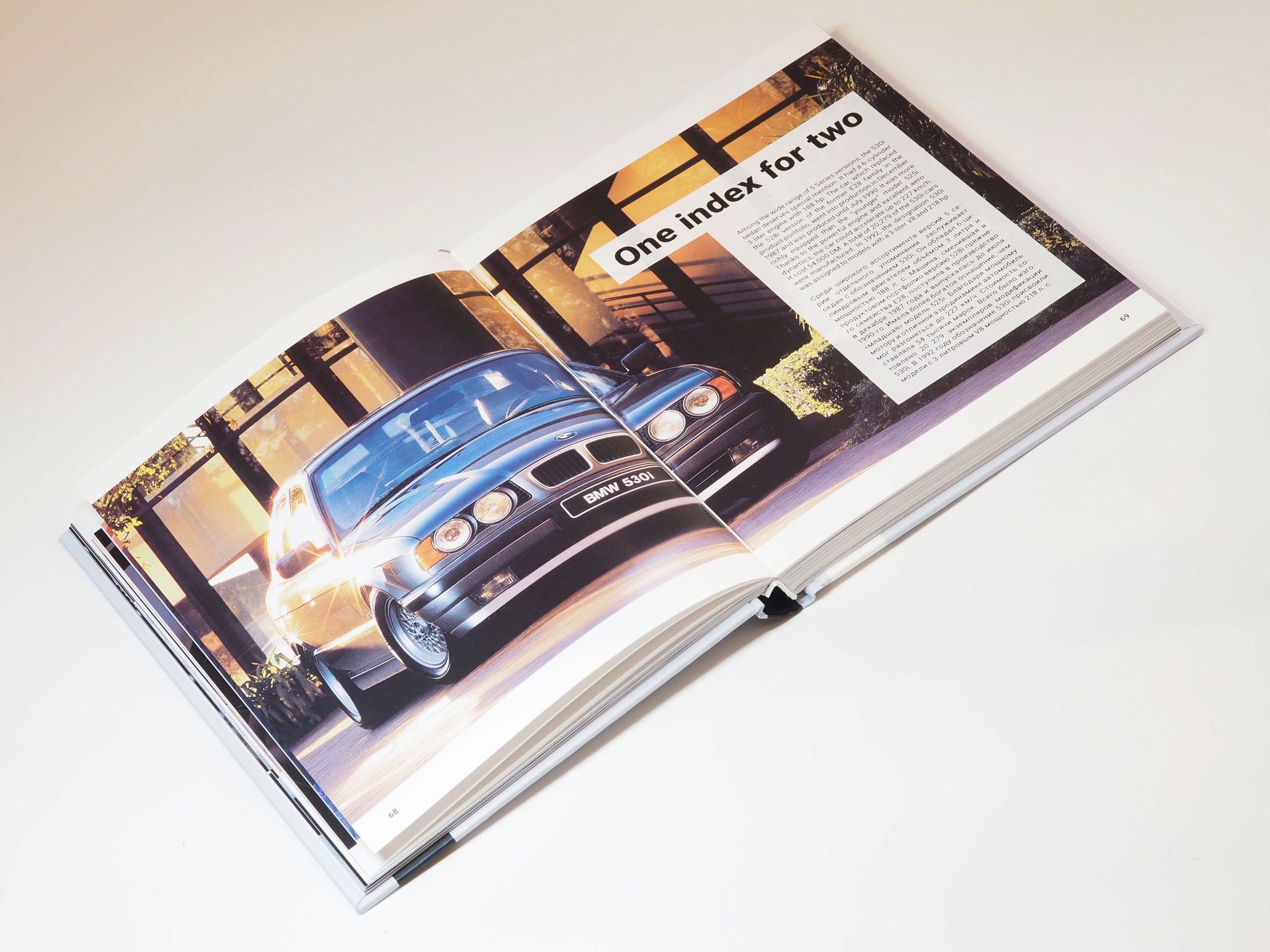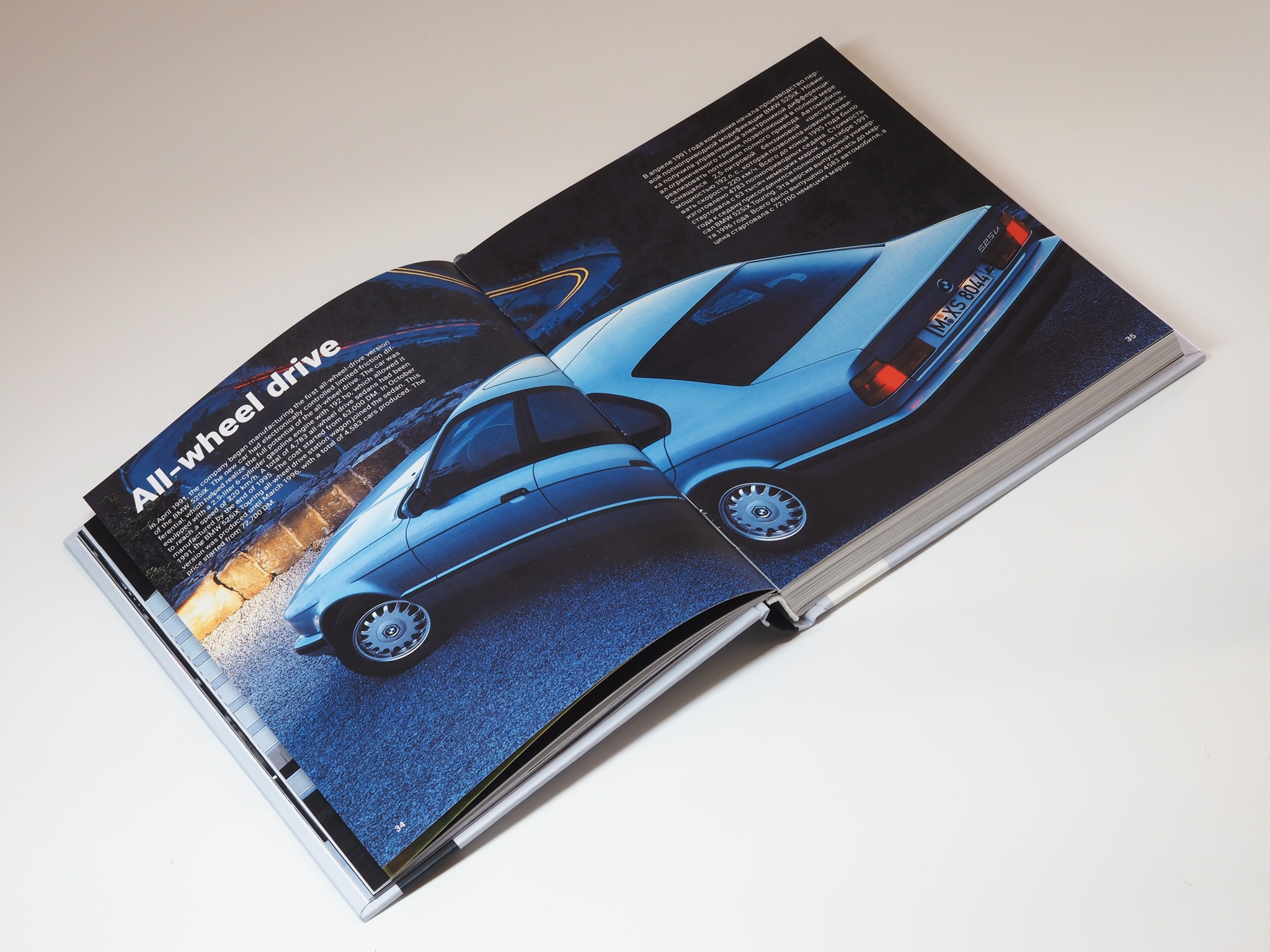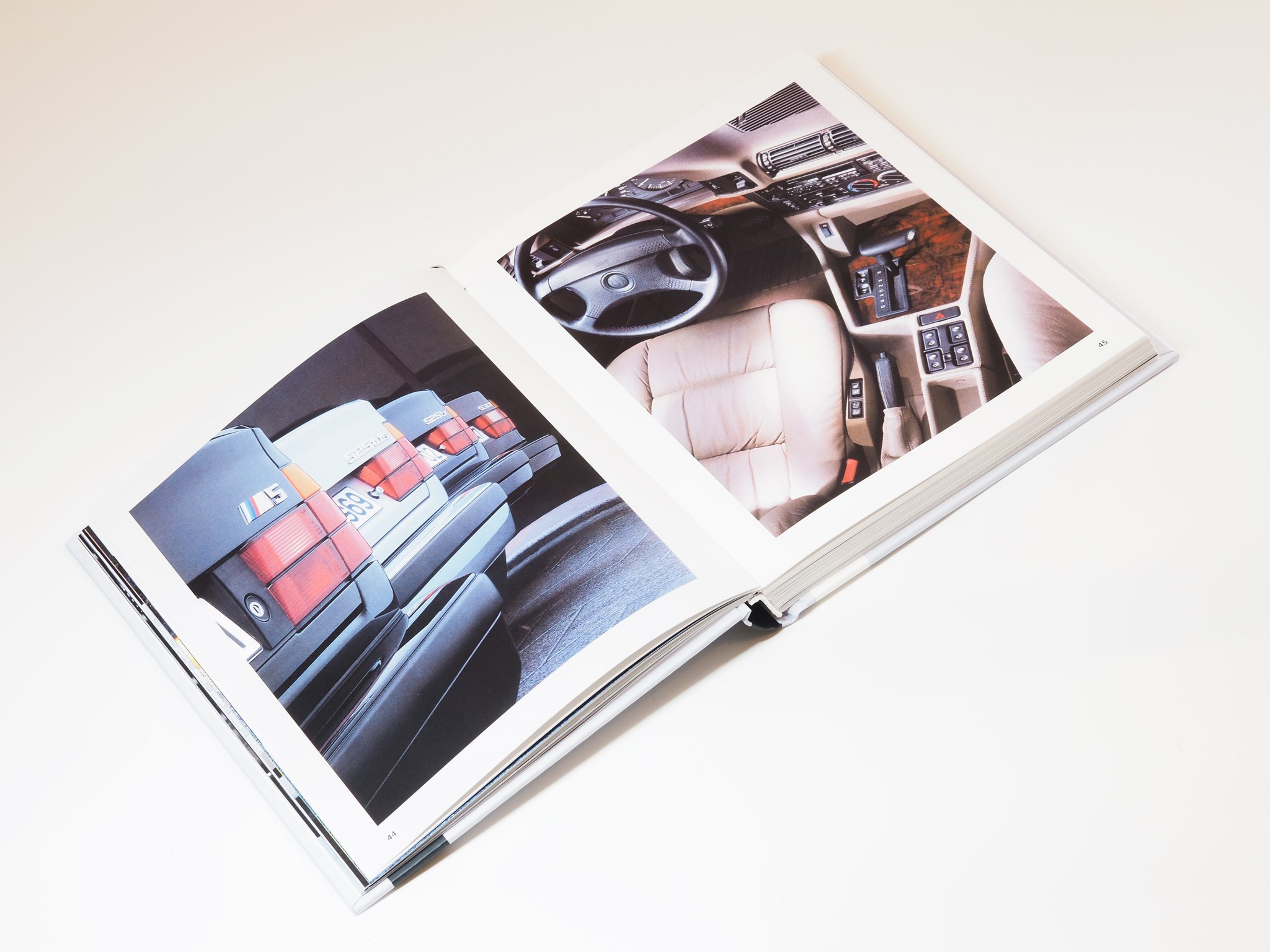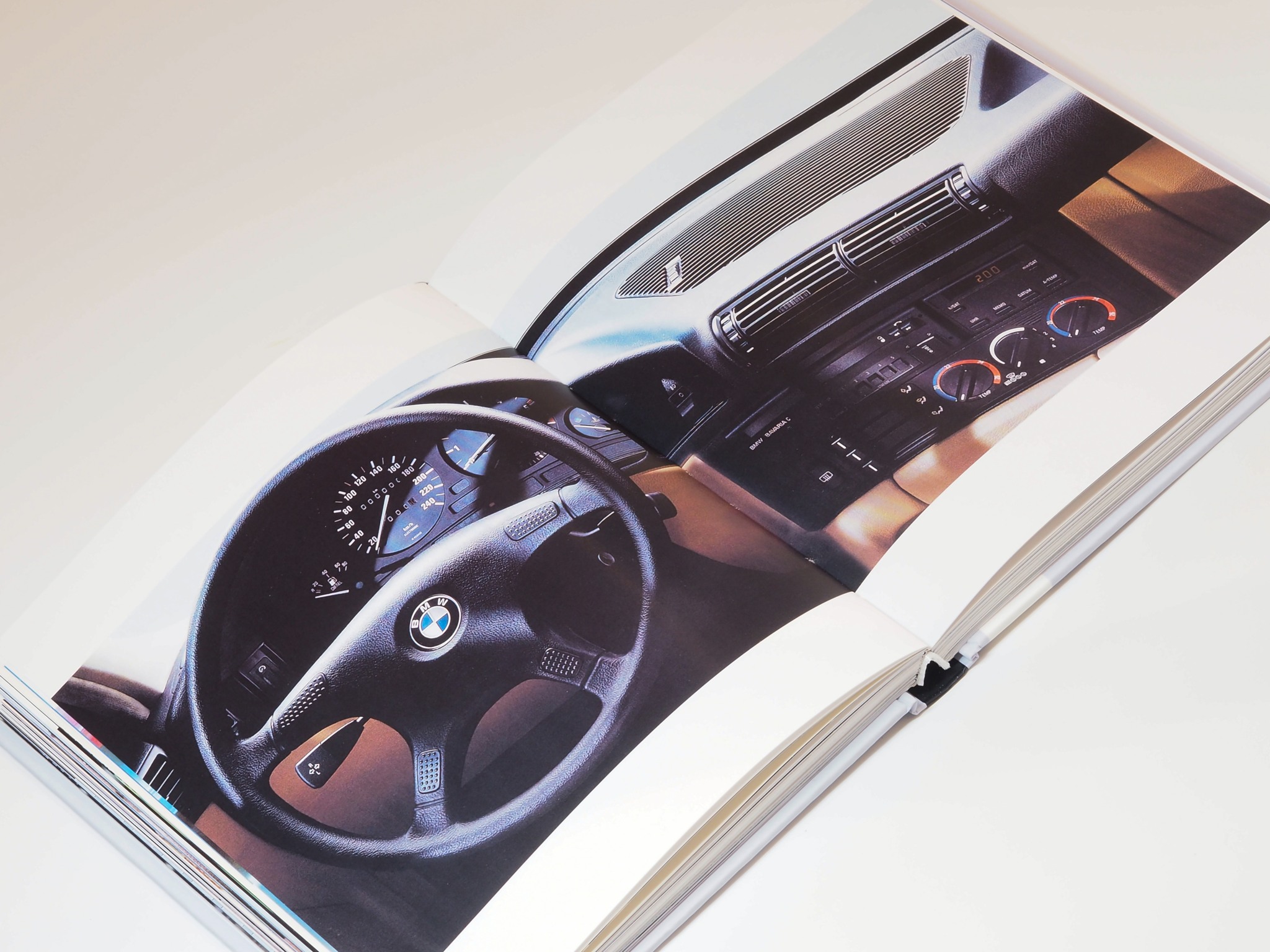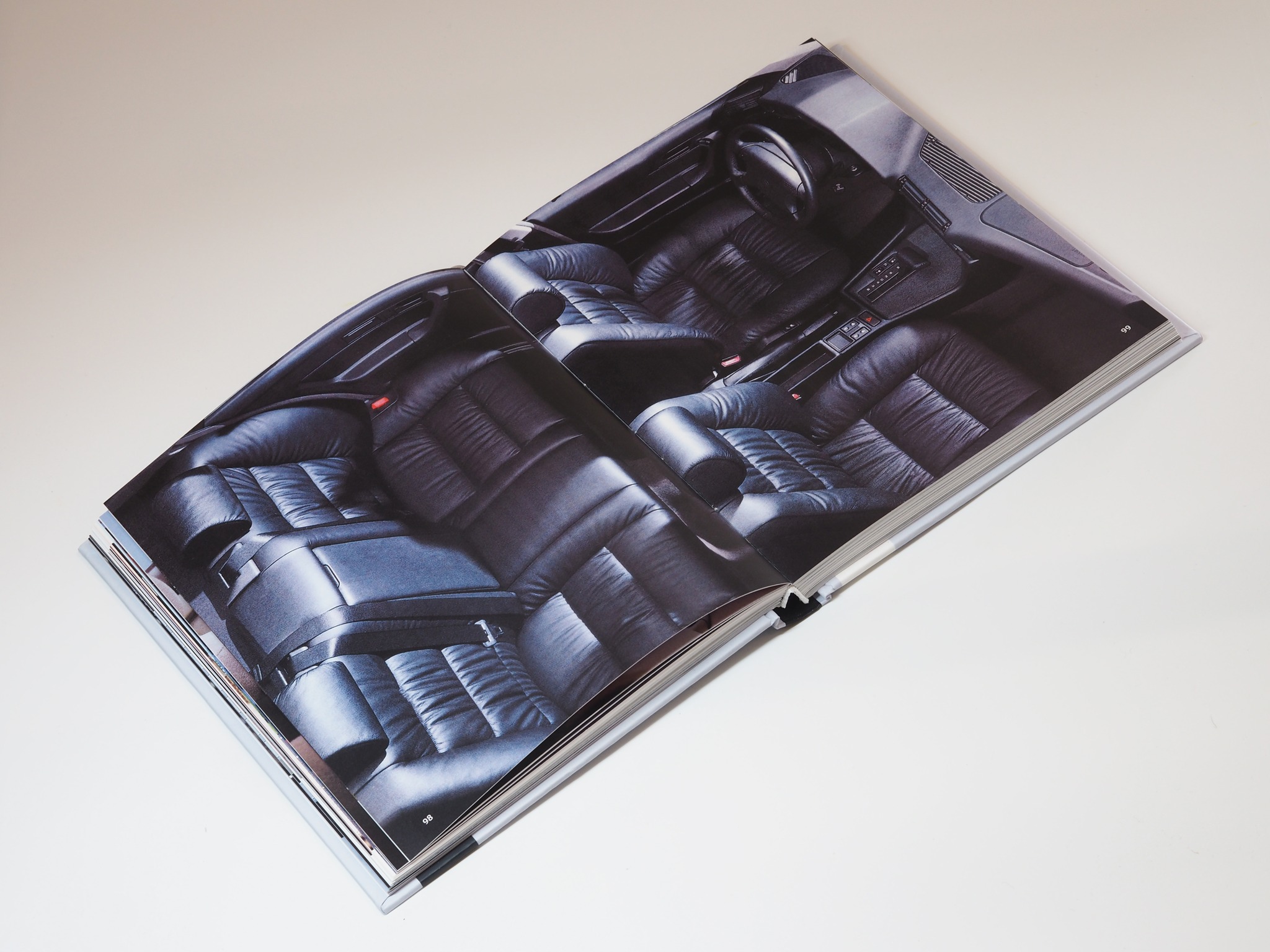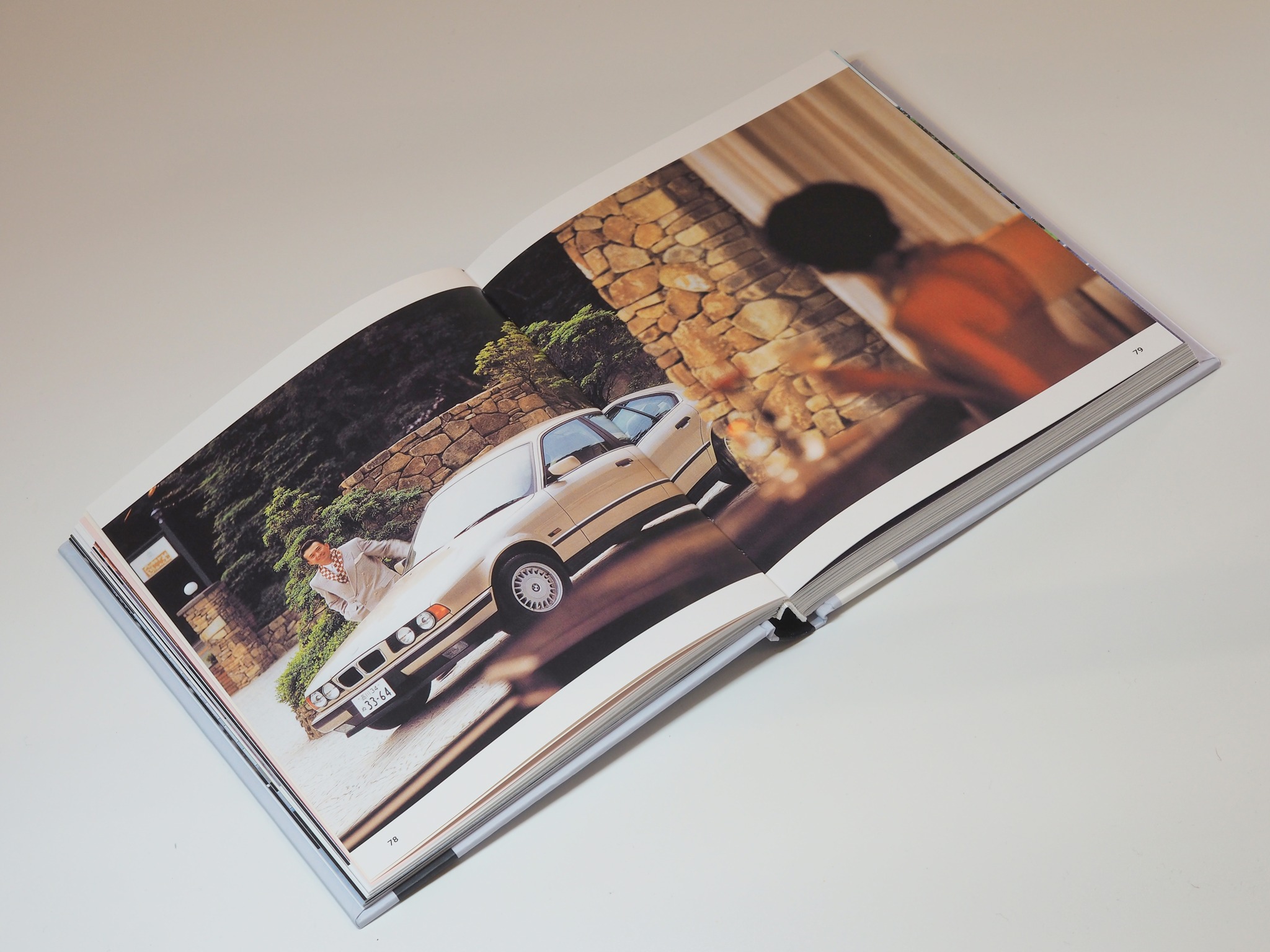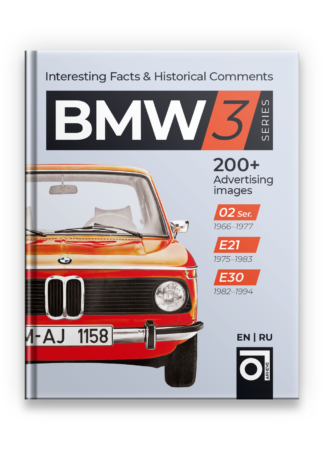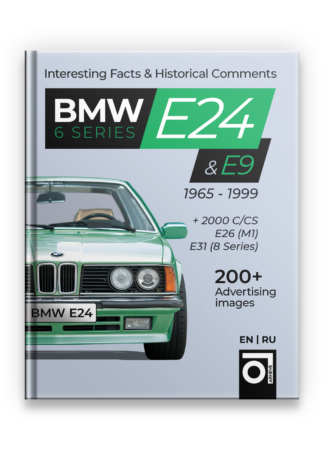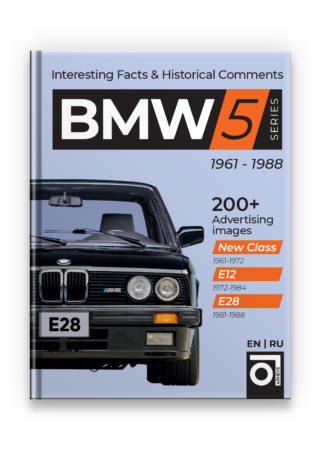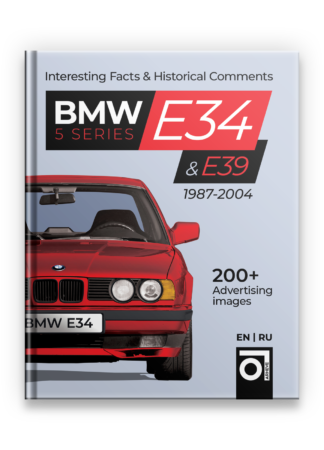Description
BMW E34 & E39 Hardcover book (fragment of the text)
The appearance in 1972 of the first generation of the 5 Series (E12) mid-size sedans was an important step in expanding the lineup. And 15 years later, in January 1988, the third generation of the model was presented to the public, which had the internal designation E34.
Work on the new car, which was significantly larger and wider than its predecessor, began in the early 1980s. The model’s exterior was made in a modern style, and meticulous work on the silhouette of the car reduced the aerodynamic drag coefficient to 0.30.
Thanks to the large wheelbase and almost optimal weight distribution between the axles (50:50), the car had good handling and stability on the road. Note that despite the new design, the car had a controversial structural concept: the hood opened forward instead of backward, as in most other cars, which made it difficult to access the engine compartment.
As a result, this idea was abandoned in the next generation (E39). A wide range of powertrains was prepared for the new car, from the economical 4-cylinder 518i with 113 hp to the 315-hp sport modification M5 with inline 6 cylinder engine under the hood. In addition, the company offered options with diesel engines and a version that could run on natural gas.
In 1991, for the first time, BMW offered an option for the 5 Series with a practical and roomy station wagon body, with the already familiar name Touring. A notable feature of the new car was the rear window, which opened independently of the trunk door. In the same year, enhanced side impact protection was added to the doors.
Also, to improve safety, traction stabilization and control systems and adaptive suspension appeared in the model’s arsenal.
In 1992, the first BMW 5 Series with all-wheel drive entered the market, the 525iX. For the first time, the family was equipped with 8-cylinder V8 engines.
These engines ran particularly smooth in the 530i and 540i versions. The sports version of the M5 had a new 6-cylinder engine with an increased volume of 3.8 liters, which increased the power to 340 hp, and also got a Touring version.
In September 1993, the company celebrated the production of its one millionth car, which rolled off the assembly line at the BMW plant in Dingolfing. Production of the sedan was discontinued in 1995, and the station wagon was produced until 1996. In total, about 1.3 million cars of the family were produced.
Changes in the design of the E34 family naturally affected the overall dimensions and proportions. The sedan’s length increased, compared to the previous generation E28, to 4,720 mm (+100 mm), and the width to 1,751 mm (+51 mm), but the height decreased to 1,412 mm (-4 mm).
The wheelbase grew from 2,625 mm to 2,761 mm. To improve stability on the highway, the front and rear tracks were increased to 1,466 mm (+36 mm) and 1,487 mm (+32 mm), respectively. And since May 1990, the track was even larger, 1,470 and 1,495 mm.
Read the continuation of BMW E34 & E39 story in the book.
Other books about history of BMW:
